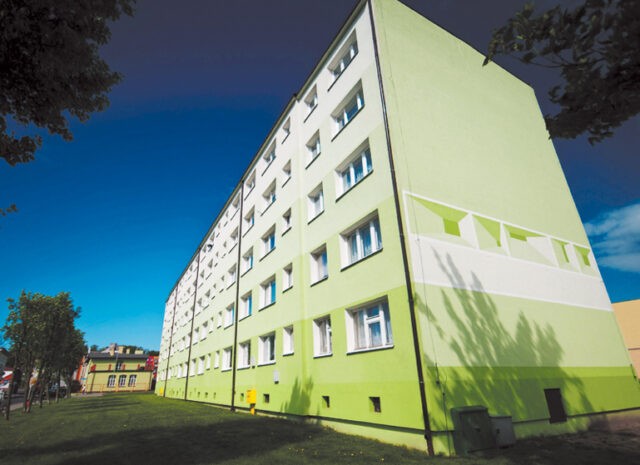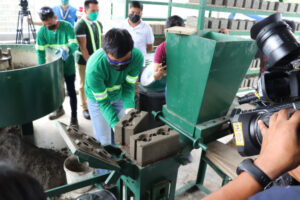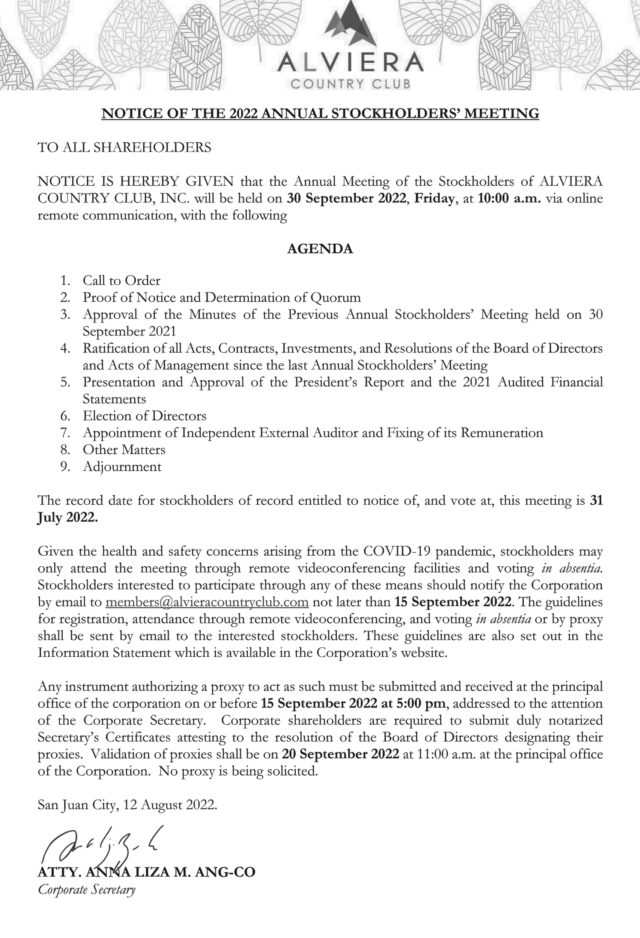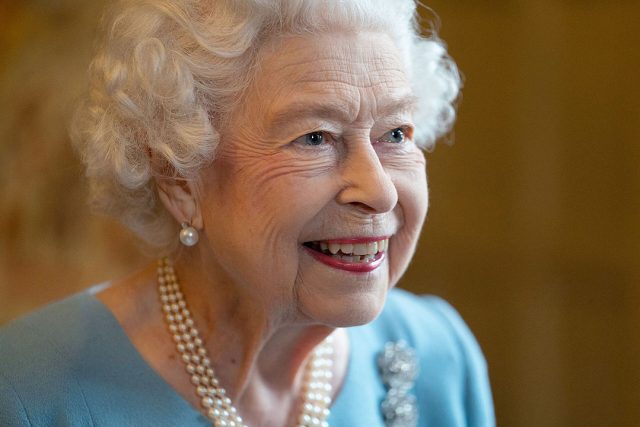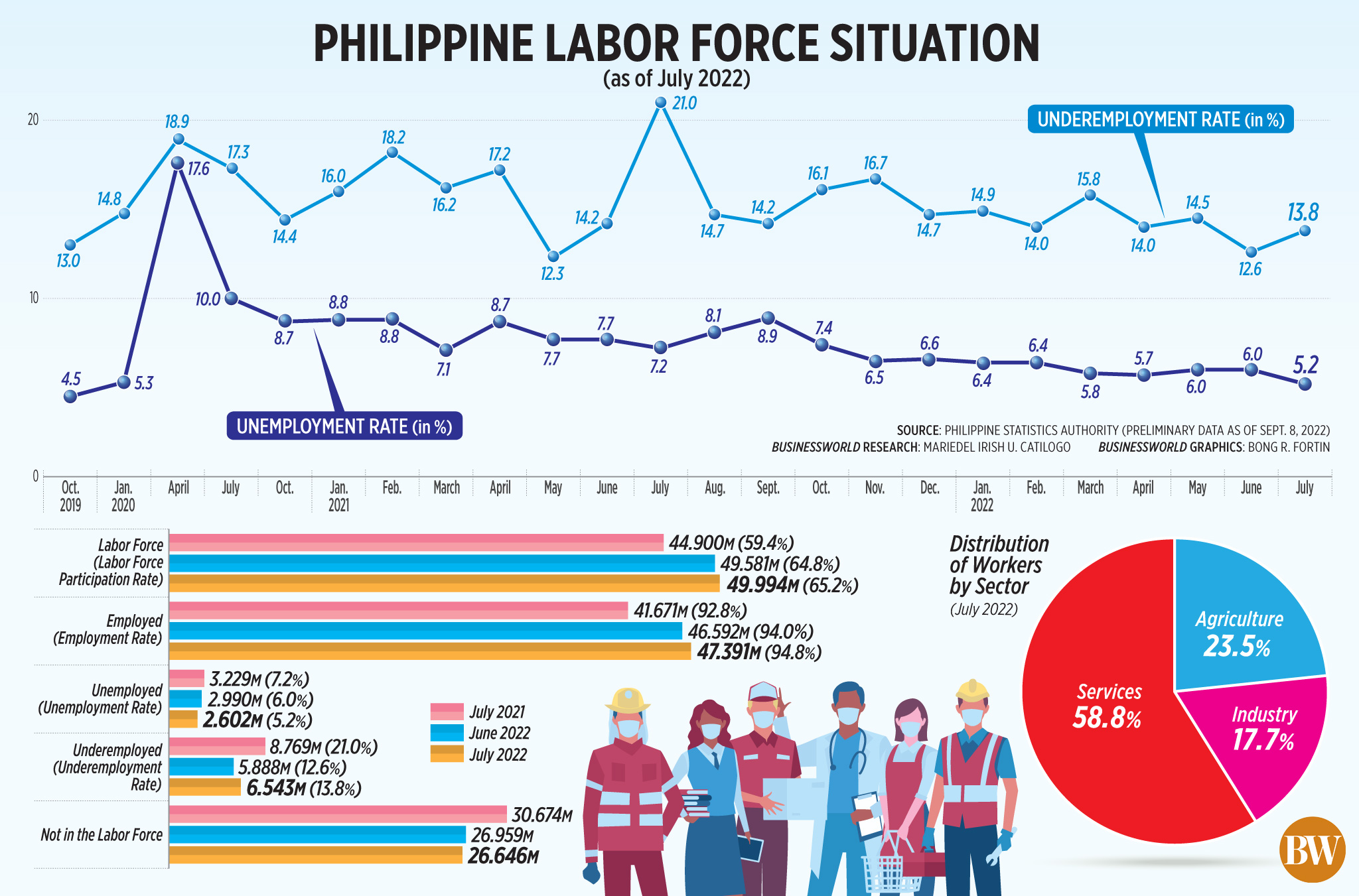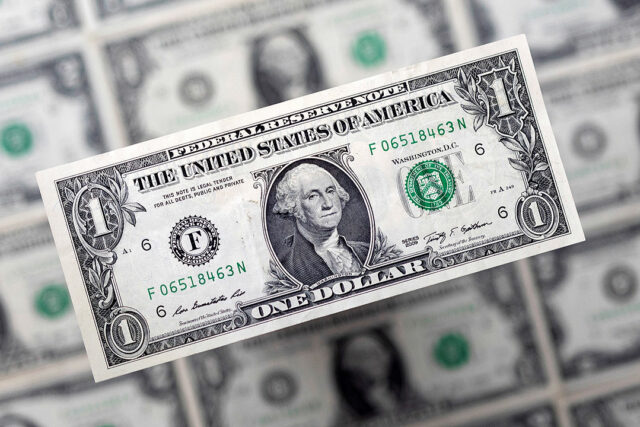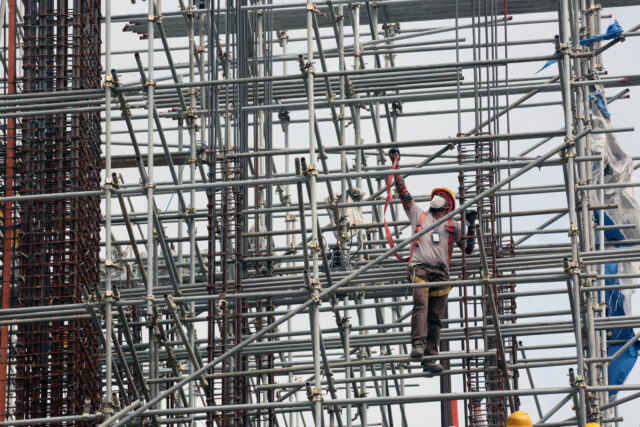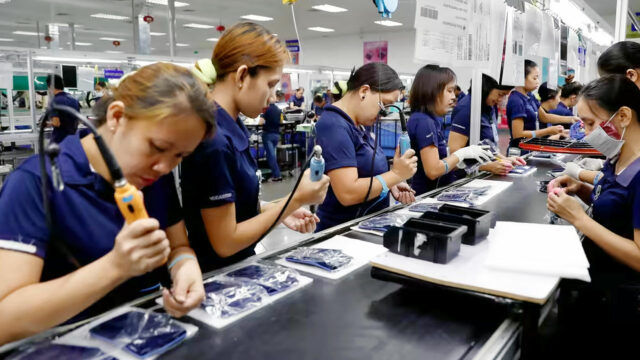LONDON — The crowning achievement of Britain’s Queen Elizabeth, who died on Thursday after 70 years on the throne, was to maintain the popularity of the monarchy across decades of seismic political, social and cultural change that threatened to make it an anachronism.
A dignified, dependable figure who reigned longer than any other British monarch, Elizabeth helped steer the institution into the modern world, stripping away court ritual and making it somewhat more open and accessible, all in the glare of an increasingly intrusive and often hostile media.
While the nation she reigned over sometimes struggled to find its place in a new world order and her own family often fell foul of public expectations, the queen herself remained a symbol of stability. She also tried to transcend class barriers and earned the grudging respect of even hardened republicans.
To much of the world she was the personification of Britain, yet she remained something of an enigma as an individual, never giving an interview and rarely expressing emotion or offering a personal opinion in public — a woman recognized by millions but known by hardly anyone.
“I think she’s brought life, energy and passion to the job, she’s managed to modernize and evolve the monarchy like no other,” her grandson Prince William, who is now the heir to the throne, said in a television documentary in 2012.
THE YOUNG QUEEN
Elizabeth Alexandra Mary was born on April 21, 1926 at 17 Bruton Street in central London.
The young princess never expected to ascend to the throne: it was only after her uncle King Edward VIII abdicated in 1936 because of his love for American divorcee Wallis Simpson that the crown passed to her father, George VI, when she was 10.
She was just 25 when her father died and she became Queen Elizabeth II on February 6, 1952, while on tour in Kenya with her husband Prince Philip. Winston Churchill was the first of 15 prime ministers who served during her reign.
“In a way I didn’t have an apprenticeship, my father died much too young and so it was all a very sudden kind of taking on, and making the best job you can,” she said in a 1992 documentary.
“It’s a question of maturing into something that one’s got used to doing and accepting the fact that here you are and it’s your fate. It is a job for life.”
During her 70 years on the throne Britain underwent dramatic change.
The austere postwar 1950s gave way to the swinging 60s, the divisive leadership of Margaret Thatcher in the 80s, Tony Blair’s three-term New Labour era, a return to economic austerity and then the coronavirus disease 2019 (COVID-19) pandemic.
Labour and Conservative governments came and went, feminism changed attitudes to women, and Britain became a much more cosmopolitan, multi-ethnic society.
Elizabeth was on the throne for most of the Cold War from the death of Soviet leader Josef Stalin. During her reign there were 14 US presidents, from Harry S. Truman to Joseph R. Biden, Jr., and she met all bar Lyndon Johnson.
Britain’s vote to leave the European Union in 2016 exposed deep divisions in British society, while nationalists continued their push for a new referendum on Scottish independence that had the potential to rip apart the United Kingdom.
“As we look for new answers in the modern age, I for one prefer the tried and tested recipes, like speaking well of each other and respecting different points of view; coming together to seek out the common ground; and never losing sight of the bigger picture,” the queen said ahead of a 2014 referendum on Scottish secession, in what appeared to be a message to politicians. Scots voted to remain in the United Kingdom.
MORE EGALITARIAN
Over time, Britain evolved into a more egalitarian society, where the ruling class had to make way for a burgeoning middle class, where aristocrats no longer dominated the top universities and the majority of hereditary peers lost their seats in parliament’s House of Lords.
At first, Elizabeth relied heavily on her father’s old circle of advisers but gradually she brought in more career diplomats and business executives to the royal court as she and her husband Philip sought to modernize the monarchy.
“She’s shrewd, she’s compassionate, she has a good deal of insight, and she has the typical and traditional virtues that you associate with the British,” former Prime Minister John Major said amid celebrations to mark her 90th birthday.
“If you were designing someone to be monarch here in Britain, I think you would design someone exactly like Elizabeth II.”
In 1992, the queen responded to criticism about royal wealth by offering to pay income tax and cutting the number of her family members on the state payroll.
But her years on the throne were often far from smooth sailing.
She spent much of the early part of her reign saying farewell to the British Empire amassed under her forebears, from Kenya to Hong Kong. Barbados was the most recent country to dispense with her as head of state in November 2021.
However, she remained the monarch of 15 countries and head of the Commonwealth.
Her marriage to Philip, a Greek prince she wed aged 21, stayed solid for 73 years until his death in April 2021, but her sister, daughter and two of her sons were — very publicly — not so lucky in love.
She famously described as an “annus horribilis” the 40th anniversary of her accession in 1992 after three of her four children’s marriages failed and there was a fire at her Windsor Castle residence.
PRINCESS DIANA’S DEATH
The death in 1997 of Princess Diana, the divorced wife of Elizabeth’s eldest son Charles, inflicted even more damage on the family’s public prestige.
It was the only occasion during her reign when there was any serious suggestion that the monarchy’s days might be numbered. The period was famously captured in the 2006 Oscar-winning film The Queen, when Elizabeth was portrayed as earnest but misunderstood.
But while her children and other royals at times blundered in and out of tabloid headlines with marital woes and public indiscretions, Elizabeth’s own behaviour remained above reproach.
“It’s not that she’s never put a foot wrong, it’s more positive than that — she understands the British people,” said Professor Vernon Bogdanor, an expert in British constitutional history.
The main criticism levelled against her was that she was too solemn, distant and aloof.
Critics said the only time she had shown real emotion in public was when the royals bid a tearful farewell to their magnificent yacht Britannia, months after her stoical response to Diana’s death.
But according to those who worked closely with her, in private she was not the detached public figure most saw, but perceptive, funny, and keenly aware of the nation’s mood.
LESS FORMALITY
In the last 20 years, backed by a far more professional and sophisticated media operation, there was still pomp and pageantry, but less formality around the queen and her family.
Millions turned out for celebrations to mark her 50th, 60th and 70th years on the throne, while her starring role in a spoof James Bond film became the highlight of the opening ceremony of the 2012 London Olympic Games.
In the short sequence she greeted Bond actor Daniel Craig at Buckingham Palace, uttering just four words before visual effects showed her apparently joining him on a helicopter and parachuting into the stadium.
A decade later at the start of a Platinum Jubilee pop concert, she again won huge plaudits for a pre-recorded comic sketch with Paddington Bear, in which she told the famous fictional character that she always kept his favorite snack — a marmalade sandwich — in her ever-present handbag.
The queen was said to crack jokes with world leaders, enjoy an easy familiarity with long-serving Commonwealth heads of government, and relish a wager on race horses. Racing was an enduring passion.
She was also accompanied for most of her reign by her corgi dogs, which earned a reputation for snapping at the heels of royal retainers and were descended from the dog called Susan she received as an 18th birthday gift from her parents.
“What we actually know about the queen is remarkably little,” said Matthew Dennison, a biographer of Elizabeth.
“We know that she enjoys racing. We know that she likes corgis. We know that she prefers blankets and sheets to duvets. But beyond that, we know almost nothing about her.”
During World War Two she learned to be a driver and a mechanic while serving in the women’s Auxiliary Territorial Service.
Her love of the outdoors and of animals was well documented and commentators said she came across as more at home in tweeds than tiaras.
“I do rather begrudge some of the hours that I have to do instead of being outdoors,” she once said.
Prince William’s wife Kate said that behind closed doors, the queen eschewed royal pomp.
“You would expect a lot of grandeur and a lot of fuss … but actually what really resonates with me is her love for simple things, the lack of fuss and I think that’s a special quality to have,” Kate told a TV documentary to mark Elizabeth’s 90th birthday.
CORONATION
Elizabeth became queen in 1952 and was crowned on June 2, 1953, in a televised ceremony in Westminster Abbey, becoming the first queen in her own right since Queen Victoria and the 40th monarch in a royal line that traces its origin back to William the Conqueror in 1066.
“Horrible,” she said of the carriage ride which took her from Buckingham Palace to the Abbey. “It’s only sprung on leather, not very comfortable.”
In September 2015, she overtook Victoria to become the country’s longest ever reigning monarch, an achievement to which she said she had never aspired, and the following year there were more celebrations for her 90th birthday.
She ascended the throne at the same age as Elizabeth I, but while the first Elizabeth saw her country attain the status of an important trading nation in the 16th century, her namesake presided over a Britain slipping from its position as a world leader in industry and technology.
As Britain’s place shifted, so the queen came to stand for unity, and the pomp around her family — with gilded carriages and spectacular royal weddings — a source of national pride for many.
Prince William’s marriage in 2011 to commoner Kate Middleton, which saw more than a million people throng London’s streets and drew an estimated two billion global viewers, was testament to that.
Opinion polls showed the country still largely believed in the hereditary monarch as head of state.
However, with her death, the monarchy’s future is set to face scrutiny like never before. Some commentators say the British public will not feel as strongly towards Charles, and polls suggest he is far less popular.
The decision of Prince Harry, William’s younger brother, and his American wife Meghan, a former actress, to give up their royal roles has also robbed the institution of two of its most popular global figures, while their accusations of racism against the institution linger.
The US sex abuse civil lawsuit against second son Prince Andrew, which he paid to settle, has also inflicted damage on the family’s reputation. Andrew did not admit any wrongdoing in the case. He was not accused of criminal wrongdoing.
FAMILY LIFE AND PUBLIC DUTY
At her side for nearly all her reign was her husband, who she credited with being her “strength and stay.”
“I was blessed that in Prince Philip I had a partner willing to carry out the role of consort and unselfishly make the sacrifices that go with it,” she said in February 2022 when she marked 70 years on the throne.
The couple had four children: Charles born in 1948, Anne in 1950, Andrew in 1960 and Edward in 1964.
She had eight grandchildren and 12 great-grandchildren.
During much of her reign she was often upstaged for attention by three flamboyant women — her popular mother, Elizabeth the Queen Mother, her younger sister Margaret and later Princess Diana.
But the personal sorrow of losing her mother and sister — who died within weeks of each other in her Golden Jubilee year of 2002 — helped the queen establish her own position, leaving her the undisputed matriarchal figure of the nation.
Her working life included thousands of official engagements, varying from trips to schools and hospitals, to the grand ceremonies of state visits and national occasions.
She was famous for wearing brightly colored outfits with a matching hat on royal engagements, to ensure she stood out from the crowds on her many “walkabouts.”
“I have to be seen to be believed,” she is said to have quipped.
She also took her religious duties as Supreme Governor of the Church of England very seriously, saying in 2012 the established Church was “commonly under-appreciated.”
She traveled further than any previous monarch, undertaking more than 250 overseas visits to well over 100 countries. She was renowned for her stamina and began cutting back on a once hectic timetable of foreign tours only as she moved into her 80s.
Even in her 90s she regularly carried out engagements. On one such event at the age of 93, she told officials she was still capable of planting a tree before shovelling the soil into the hole, and it was another two years after that before she needed to use a walking stick in public.
When she was hospitalized in March 2013 with symptoms of gastroenteritis, it was the first time she had needed hospital treatment in a decade.
It was not until October 2021 that she next spent a night in hospital, and she doggedly carried on with light duties even after testing positive for COVID in February the following year.
Her enduring importance was demonstrated at the start of the pandemic in 2020. With an anxious nation under a rigorous lockdown, the government turned to the queen to provide reassurance in a televised broadcast. Usually she gave such addresses only in her annual Christmas broadcast.
The queen had a few notable security scares. In 1981, a British youth fired blank shots near her during the military Trooping the Colour ceremony. Her horse shied but she was unhurt.
The same year, a “severely disturbed” teenager tried to assassinate the monarch while she was on a visit to New Zealand but he missed with his rifle shot.
In July 1982, an unemployed laborer called Michael Fagan made his way into her Buckingham Palace bedroom. He spoke briefly to Elizabeth, who was in her nightclothes, before being hauled off by security guards.
THE FUTURE
“It has been said that ‘the art of progress is to preserve order amid change and change amid order’, and in this the queen is unparalleled,” then-Prime Minister David Cameron said in a speech to parliament in 2012.
“She has never shut the door on the future; instead, she has led the way through it.”
The queen’s family and Britain’s political elite spoke in admiration of her ability to adapt without losing any of the dignity of her role.
The future success of the monarchy could depend on how much Britons admire the next person on the throne.
“Monarchy is only as good as the people doing the job,” said royal biographer Robert Lacey, who was historical consultant to the Netflix drama The Crown.
“We are essentially, when you look at the structure and the way the country runs, a republic with this glorious bauble that we all enjoy on top. And we can always unscrew the bauble any time we want.”
Elizabeth herself set out her life’s goal at an early age.
“I declare before you all,” she said in a 21st birthday broadcast, “that my whole life, whether it be long or short, shall be devoted to your service and the service of our great imperial family.” — Reuters

